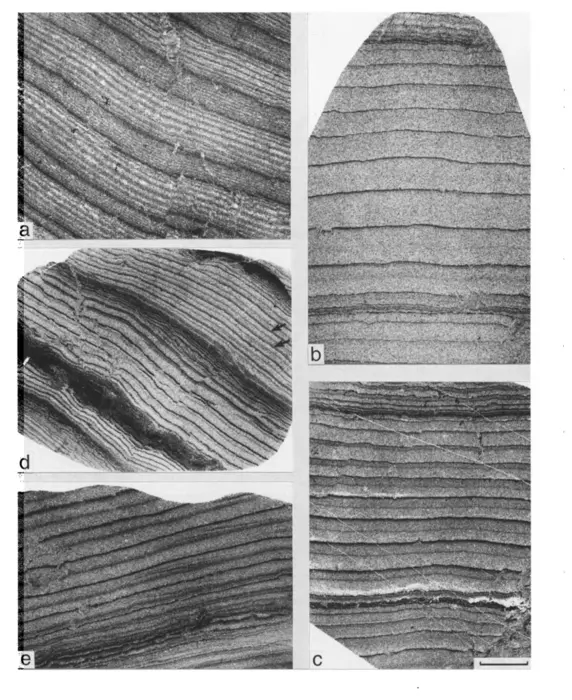The Earth’s rotation is gradually slowing down, thanks to interactions with the Moon. Two billion years ago, there was a pause in those changes that lasted about a billion years. A new study not only explains this, but calculates how long the day would be if that pause had never occurred – and the answer is pretty ugly.
Physicists have understood for centuries that the Moon is moving away from the Earth, and this shift in rotational momentum requires a slowing of the Earth’s spin, which makes the day longer. Recently, geologists have found evidence that allows us to measure the length of the day at multiple points in time, revealing how much slowing has occurred.
Instead of a steady process, the rate of change has shifted, including a long pause. A month ago, a paper provided estimates on the period over which this occurred and explained why. Another team has independently come to quite similar conclusions about the reasons, although they time things a little differently. In their new paper, however, they go further and calculate how long the day would be if slowing had been unabated.

One of the ways the length of the ancient day is measured is by looking at growth lines in ancient bivalves, which indicate how many days there were in a lunar month between peak tides.
Image Credit: G.E. Williams
The explanation both teams offer is that the Sun accelerates the Earth’s rotation rather than slowing it. For most of the Earth’s history, this force has been much smaller than Moon’s, so the net effect has been for rotation to slow almost as much as under the Moon’s influence alone. However, during a period geologists call “the boring billion”, the Sun’s force was approximately strong enough to balance that of the Moon.
The Moon creates a tidal bulge in the oceans and, to a lesser extent, the atmosphere. The tides create friction with the floor of the ocean. The Moon also pulls on the bulge it has raised, and because the Moon lags behind the Earth’s rotation, both effects create drag, slowing the Earth’s spin.
“Sunlight also produces an atmospheric tide with the same type of bulges,” said study author Professor Norman Murray of The University of Toronto in a statement. “The sun’s gravity pulls on these atmospheric bulges, producing a torque on the Earth. But instead of slowing down Earth’s rotation like the moon, it speeds it up.” The Moon trails behind the bulge, dragging it back, while the Earth’s rotation makes the Sun appear to move ahead, pulling it forward.
A billion years ago, the atmosphere was warmer and composed of different gases. There was also a natural resonance in the atmospheric system half the length of the day. All these things increased the power of the Sun, while the shorter day at the time interfered with the resonance of the Moon’s tides.
“It’s like pushing a child on a swing,” said Murray. “If your push and the period of the swing are out of sync, it’s not going to go very high. But, if they’re in sync and you’re pushing just as the swing stops at one end of its travel, the push will add to the momentum of the swing and it will go further and higher.” Pushing an exact multiple of the natural resonance of the system also works, as occurred when the Earth’s atmosphere had a resonance of 10 hours, and the length of the day was 20 hours.
Were it not for the Sun’s influence, large during the period of resonance and small before and after, the day would have lengthened from 10 hours when the Earth formed to 65 today, the authors calculate.
If so, days would be much hotter, and nights much colder. Marvelous as evolution is, it’s doubtful many species would be able to cope with such wild swings in temperature. Life on Earth might not have ended, but would probably be far less abundant.
It’s far from the most urgent or important effect of human-induced warming, but Murray notes we are very slightly messing with the length of the day ourselves. “As we increase Earth’s temperature with global warming, we’re also making the resonant frequency move higher — we’re moving our atmosphere farther away from resonance,” he said. “As a result, there’s less torque from the sun and therefore, the length the day is going to get longer, sooner than it would otherwise.”
Of course, to make more than a few milliseconds difference, we would need to cook the planet hot for thousands of years. That much heating is almost certainly incompatible with the survival of human civilization, the collapse of which would cause the changes to stop.
The study is published in Science Advances.
Source Link: How The Sun Saved Us From A 65-Hour Day